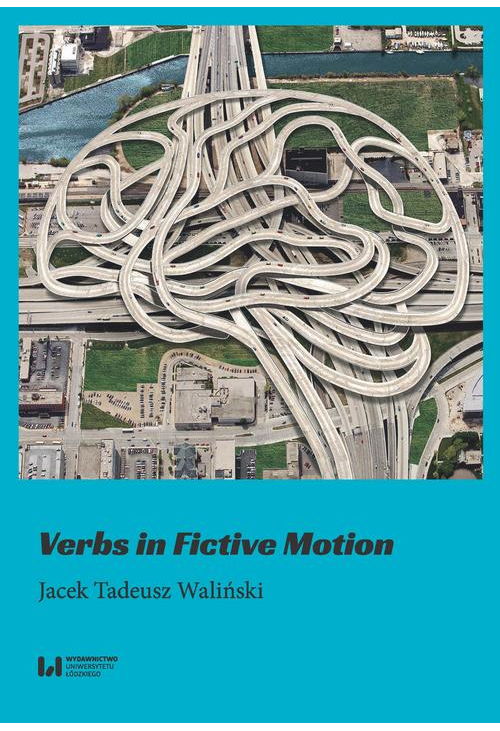
- Za darmo
ebook Verbs in Fictive Motion
Odkryj fascynujący świat czasowników w "Verbs in Fictive Motion" autorstwa Jacka Tadeusza Walińskiego, wydanego przez Wydawnictwo Uniwersytetu Łódzkiego w 2018 roku. Ta angielskojęzyczna publikacja zabiera Cię w podróż po korpusowych badaniach czasowników używanych do opisywania fikcyjnych ruchów, czyli zjawiska kognitywno-językowego, które polega na określaniu nieruchomych obiektów materialnych w terminologii ruchu po ich konfiguracji przestrzennej.
Zanurz się w analizie opartej na British National Corpus, która skupia się szczególnie na kategorii ścieżek współrozciągłości, używanych do opisywania formy, orientacji czy lokalizacji obiektu rozciągłego przestrzennie w terminologii ścieżki nad jego rozpiętością. Badanie ujawnia, że tylko niewielka część czasowników ruchu jest spójnie używana do wyrażania ścieżek współrozciągłości, a niektóre z nich są stosowane w tym celu znacznie bardziej systematycznie niż inne.
"Verbs in Fictive Motion" to nie tylko ebook do pobrania w formacie PDF, ale także klucz do zrozumienia, jak pewne ścieżki współrozciągłości mogą być interpretowane jako wynik konceptualnego mieszania, które łączy różne aspekty ruchu za pomocą wspólnej platformy komunikacyjnej ustalonej dynamicznie w dyskursie. Z perspektywy analizy, te interpretacje nie są ze sobą sprzeczne i wywołanie konkretnego pojęcia zależy nie tylko od indywidualnych strategii rozumienia, ale również od stopnia kulturowo-językowego ustalenia pewnych wzorców fikcyjnego ruchu poprzez procesy akwizycji językowej i transferu społecznego.
Czytelnicy ebooków znajdą "Verbs in Fictive Motion" jako fascynującą lekturę, która pogłębia zrozumienie języka i kognitywistyki, a miłośnicy literatury pięknej docenią jego intelektualną głębię. To idealna pozycja dla każdego, kto pragnie poszerzyć swoje horyzonty językowe i odkryć nowe perspektywy w badaniach nad językiem.
Nie przegap okazji, by pobrać ten ebook do pobrania teraz i cieszyć się najlepszymi e-bookami dostępnymi na rynku!
Spis treści ebooka Verbs in Fictive Motion
Figures 10Tables 11
Introduction 13
Chapter 1. Motion in language and cognition 23
1.1 Motion in natural philosophy 23
1.2 Ties among time, space, and motion 29
1.3 Primacy of movement in cognition 34
1.4 Image schemas 36
1.5 Basic image schemas of motion 39
1.6 Beyond basic schemas of motion 44
1.7 Lexicalization patterns of motion events 48
1.8 Influence of lexicalization patterns on cognitive processes 51
1.9 Types of motion beyond lexicalization patterns 54
Chapter 2. Cognitive linguistic models of fictive motion 59
2.1 Linguistic fictivity 59
2.2 Fictive motion as sequential/summary scanning 66
2.3 Talmy’s account of coextension paths 71
2.4 The relation of fictive motion to metaphor 76
2.5 Fictive motion as conceptual integration 78
2.6 Coextension paths as expressions of state 81
2.7 Structuring fictive motion across languages 87
2.8 Conceptual motivation of fictive motion 94
Chapter 3. Cognitive processing of fictive motion 97
3.1 Fictive motion as mental simulation 97
3.2 Psycholinguistic experiments 101
3.3 Drawing studies 105
3.4 Influence on temporal construal 107
3.5 Eye-tracking experiments 111
3.6 Insights from brain studies 116
Chapter 4. Cognitive corpus-based linguistic approach to fictive motion 123
4.1 Cognitive linguistics 123
4.2 Corpus linguistics 127
4.3 Corpus-based cognitive semantics 130
4.4 Corpora in linguistic studies 132
4.5 Corpus linguistic workbench 134
4.5.1 The British National Corpus 135
4.5.2 WordNet 136
4.5.3 VerbNet 138
4.6 Retrieving fictive motion expressions from corpora 139
Chapter 5. Directionality in fictive motion 141
5.1 Cognitive encoding of directionality 141
5.2 Semantic models of directionality 146
5.3 Directionality in linguistic encoding of motion 148
5.4 Directional motion verbs 151
5.5 Directionality in fictive motion expressions 155
5.5.1 Research methodology 156
5.5.2 Source/goal verbs 158
5.5.3 Unbounded path verbs 161
5.5.4 Route verbs 164
5.5.5 Constant verbs 166
5.5.6 Deictic verbs 168
5.6 Directionality in fictive motion 172
Appendix to Chapter 5 177
Chapter 6. Manner and instrument in fictive motion 179
6.1 Manner in motion semantics 179
6.2 Semantic models of motion manner 182
6.3 Verbs of motion manner 186
6.4 Empirical studies on motion manner 190
6.5 Polysemy of motion manner verbs 192
6.6 Motion manner verbs in fictive motion 193
6.6.1 Research methodology 195
6.6.2 Verbs of rolling 197
6.6.3 Verbs of walking 201
6.6.4 Verbs of running 203
6.6.5 Verbs of unsteady movement 206
6.7 Manner semantics in fictive motion 208
6.8 Entanglement of manner and instrument 211
6.9 Instrumental motion verbs in fictive motion 213
6.10 Instrumentality in fictive motion 215
Appendix to Chapter 6 217
Observations and conclusions 221
7.1 Frequency of verbs in fictive motion 221
7.2 Generic verbs of fictive motion 223
7.3 Paths and shapes 226
7.4 Beyond paths and shapes in fictive motion 229
7.5 Conclusions 233
Bibliography 237
Szczegóły ebooka Verbs in Fictive Motion
- Wydawca:
- Wydawnictwo Uniwersytetu Łódzkiego
- Rok wydania:
- 2018
- Typ publikacji:
- Ebook
- Język:
- angielski
- Format:
- Liczba stron:
- 278
- Miejsce wydania:
- Łódź
- ISBN dla wersji papierowej:
- 9788381423823
Recenzje ebooka Verbs in Fictive Motion
-
Reviews (0)

Na jakich urządzeniach mogę czytać ebooki?
- Za darmo




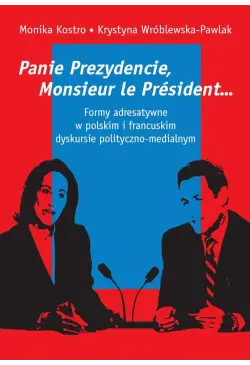
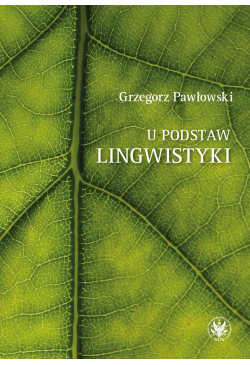


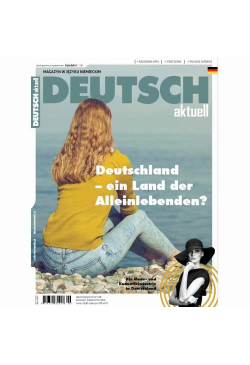
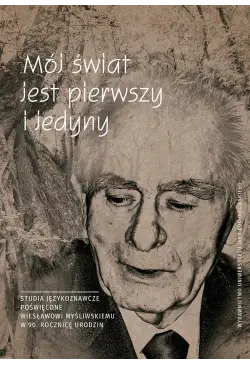
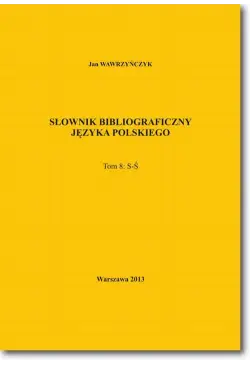
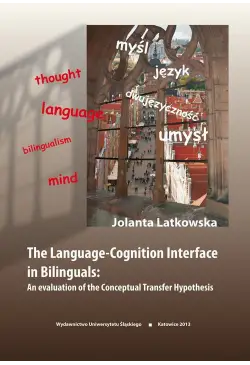
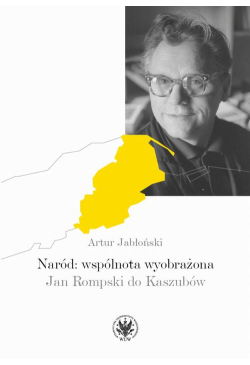


@CUSTOMER_NAME@
@COMMENT_TITLE@
@COMMENT_COMMENT@